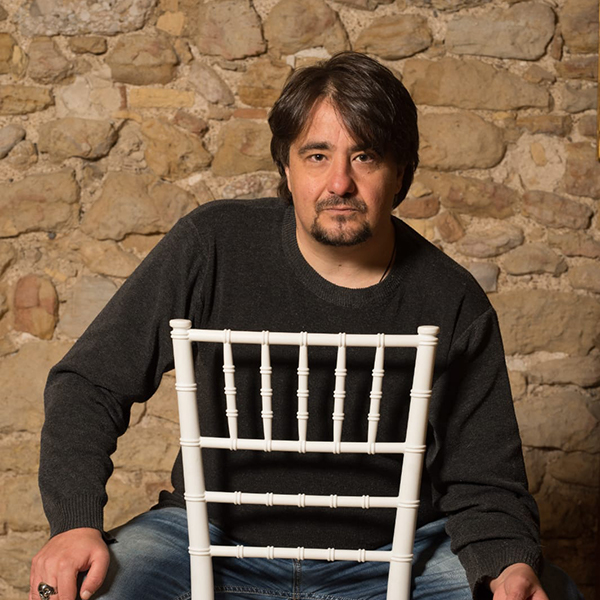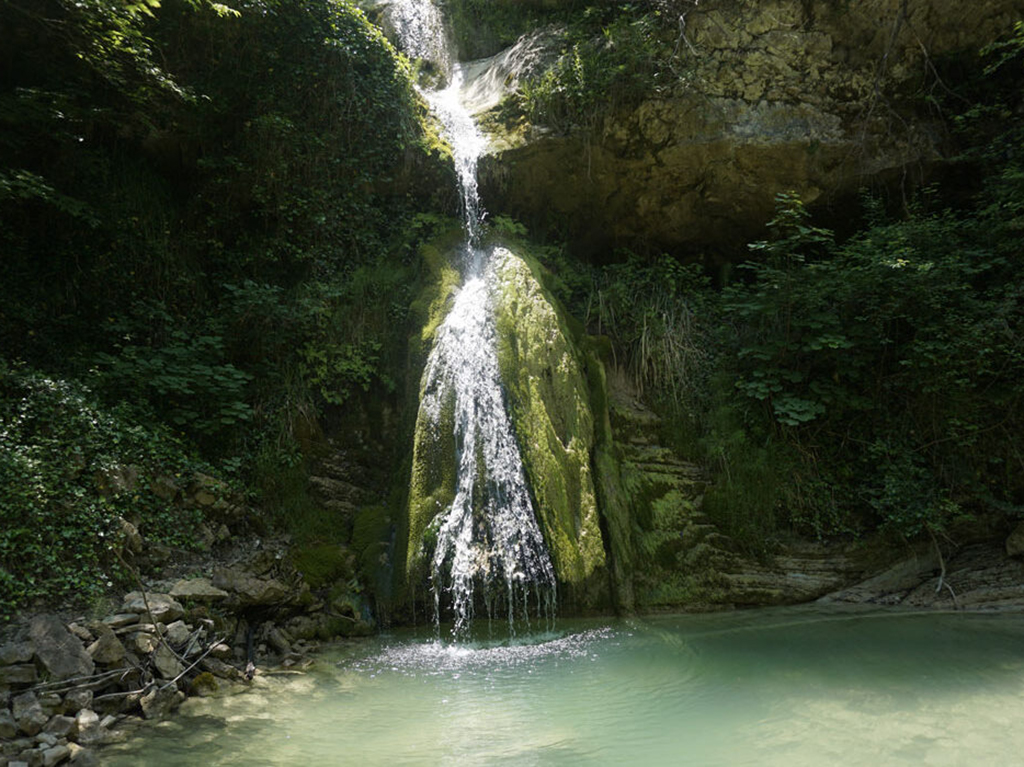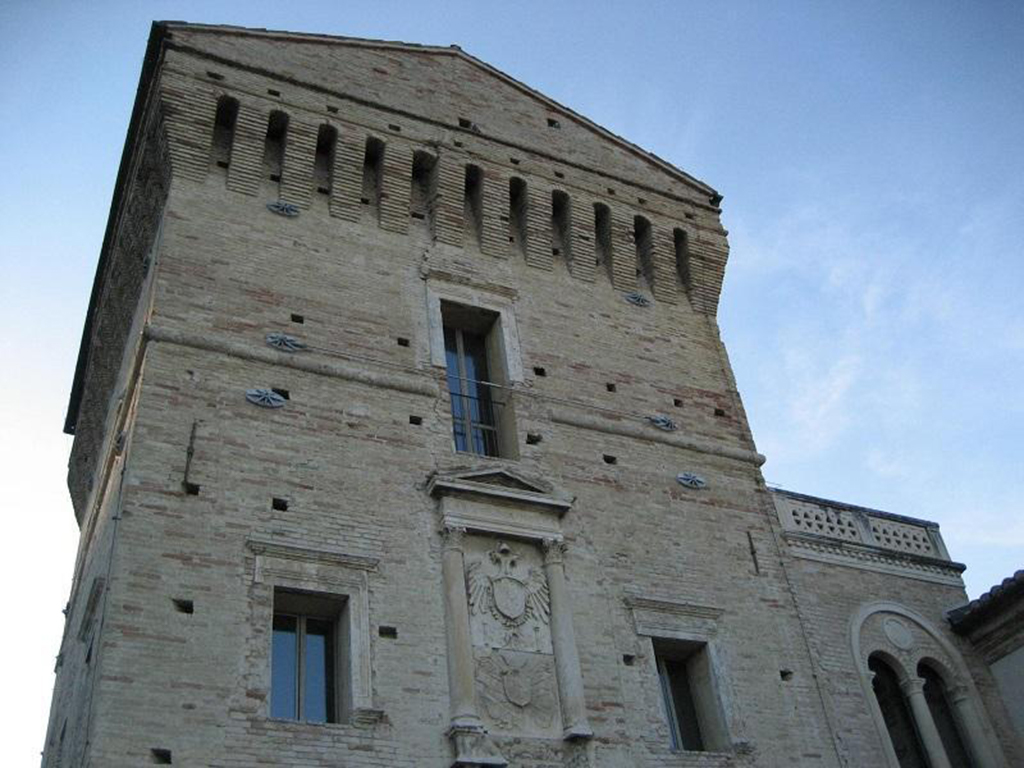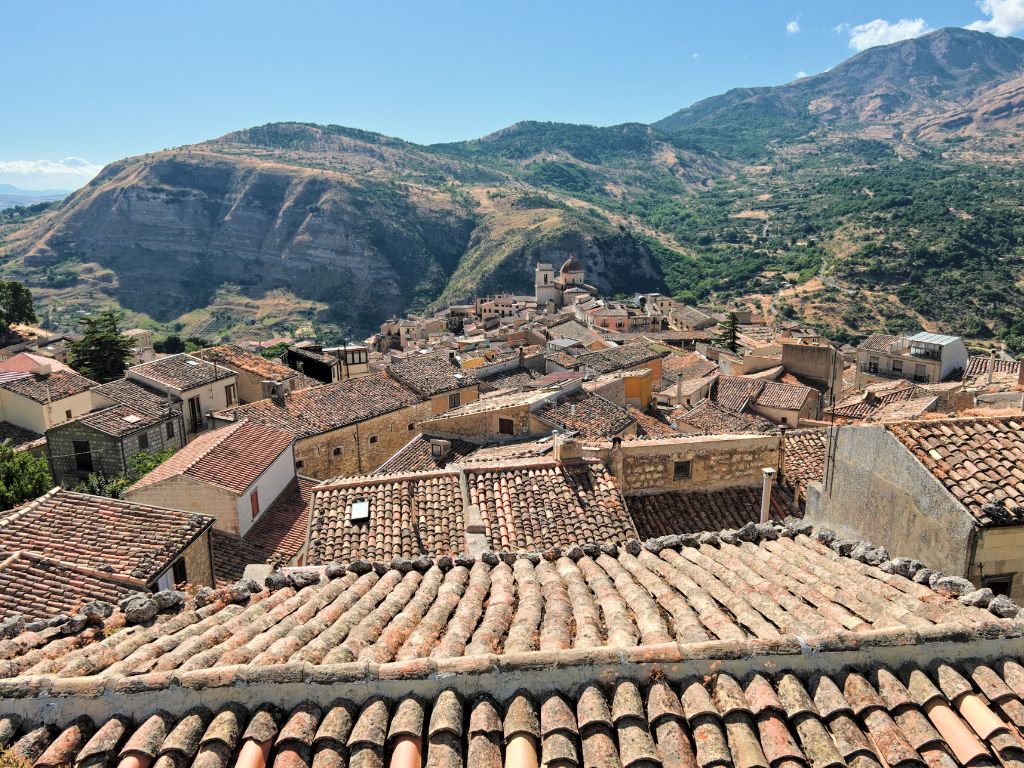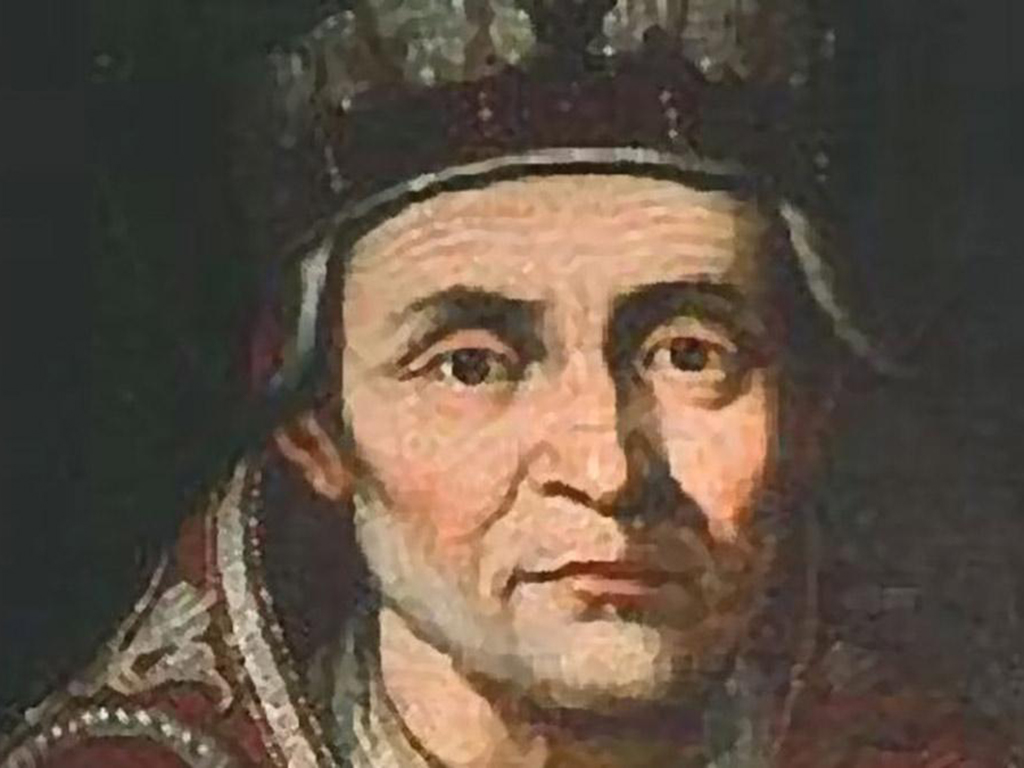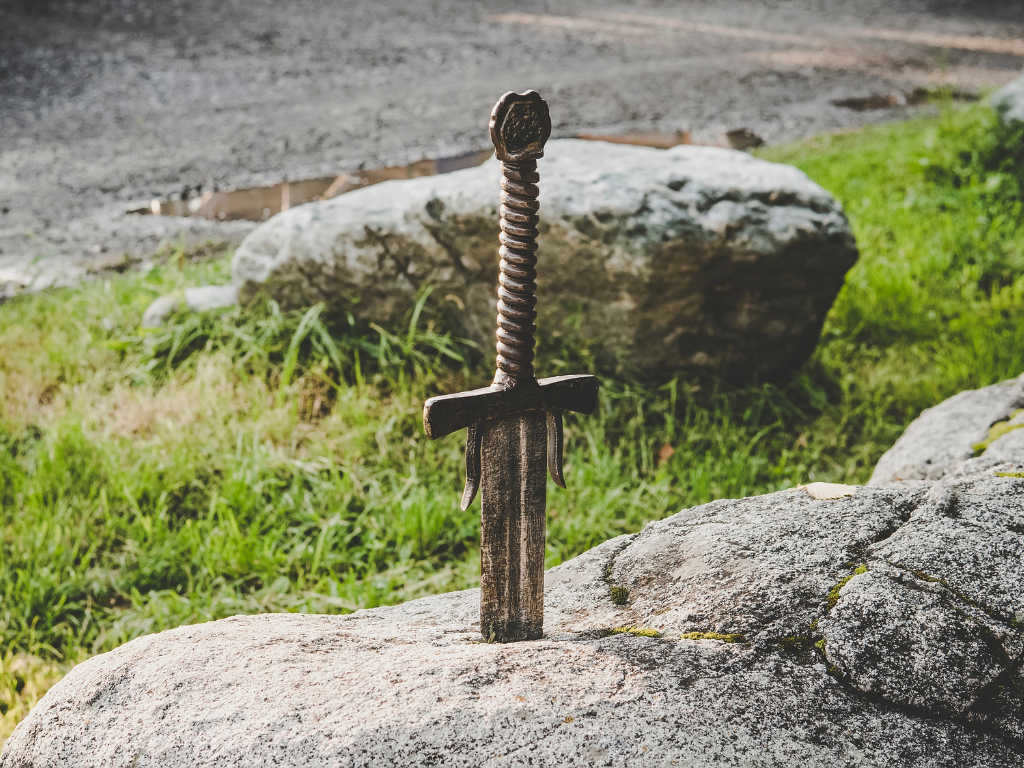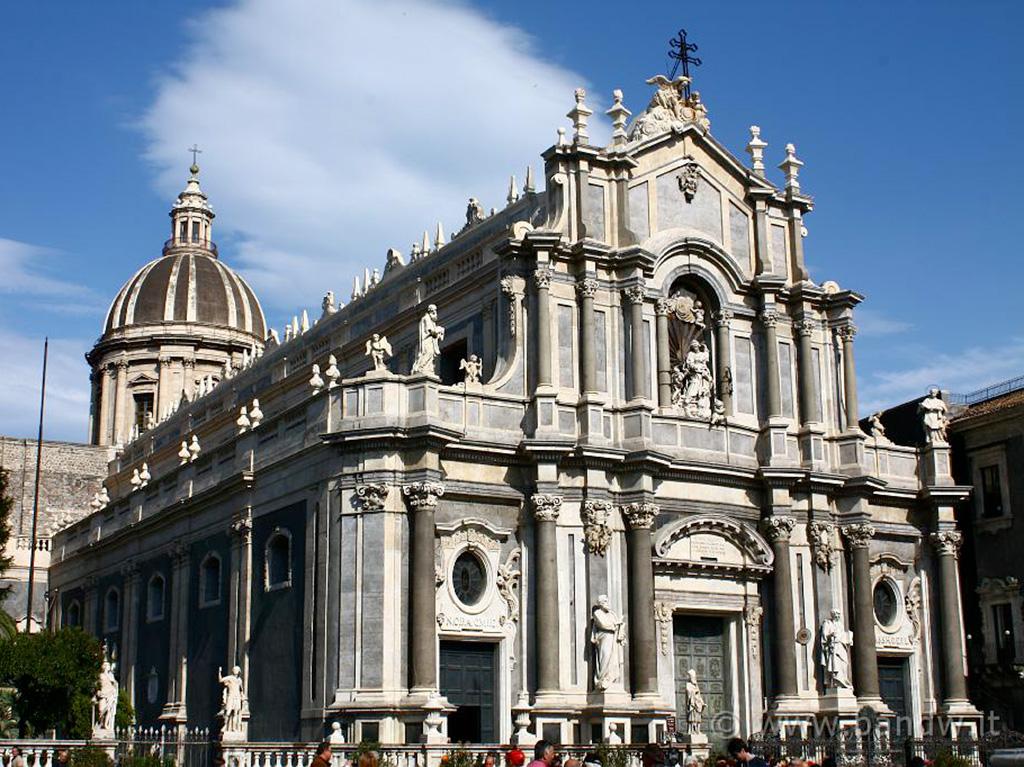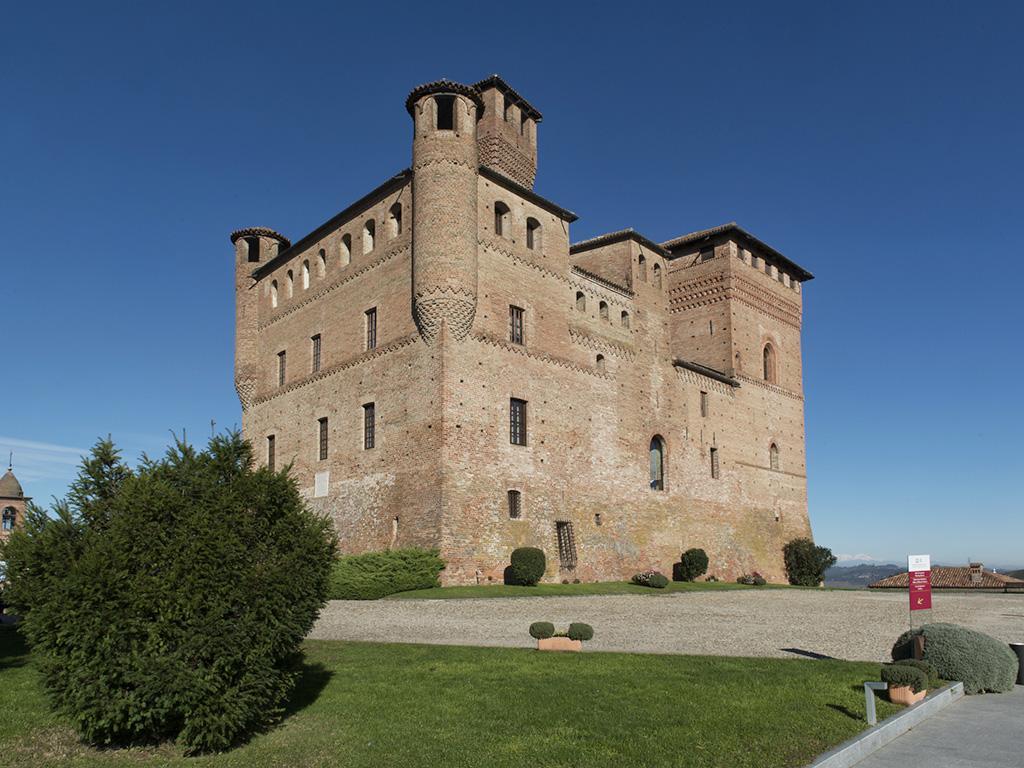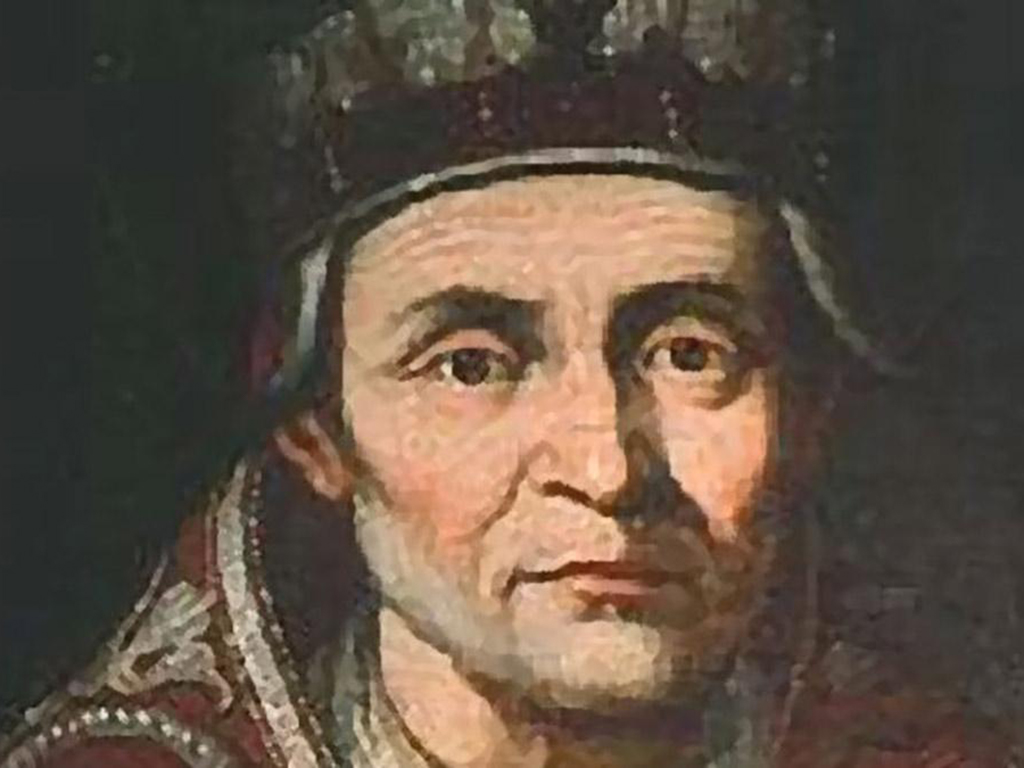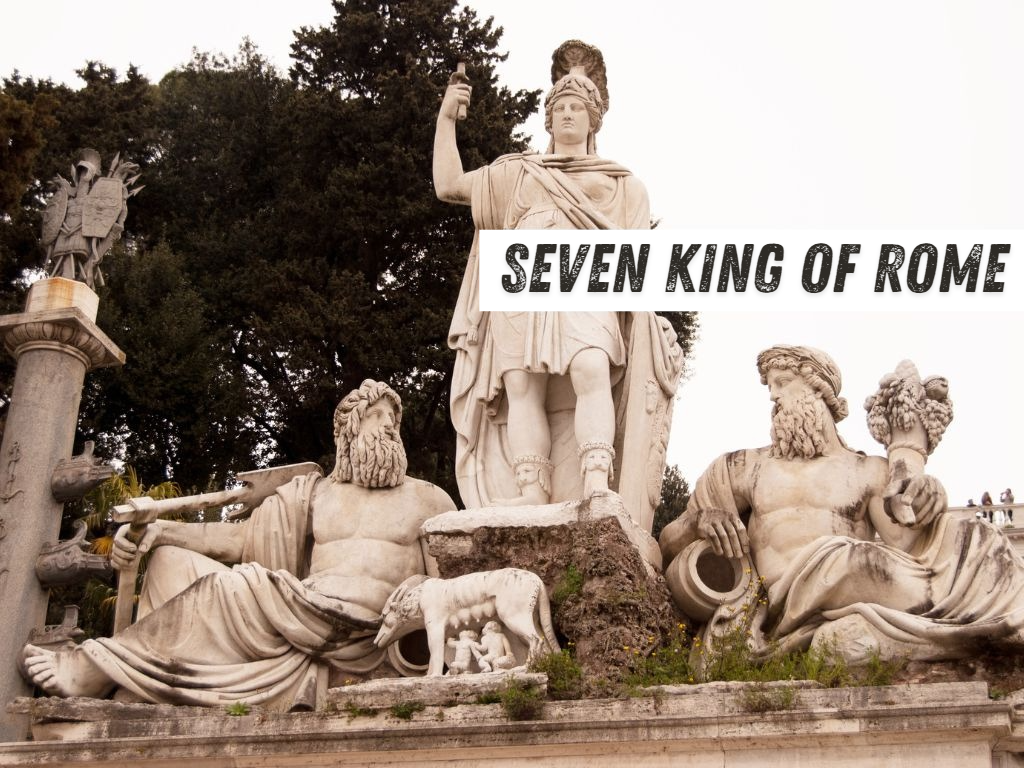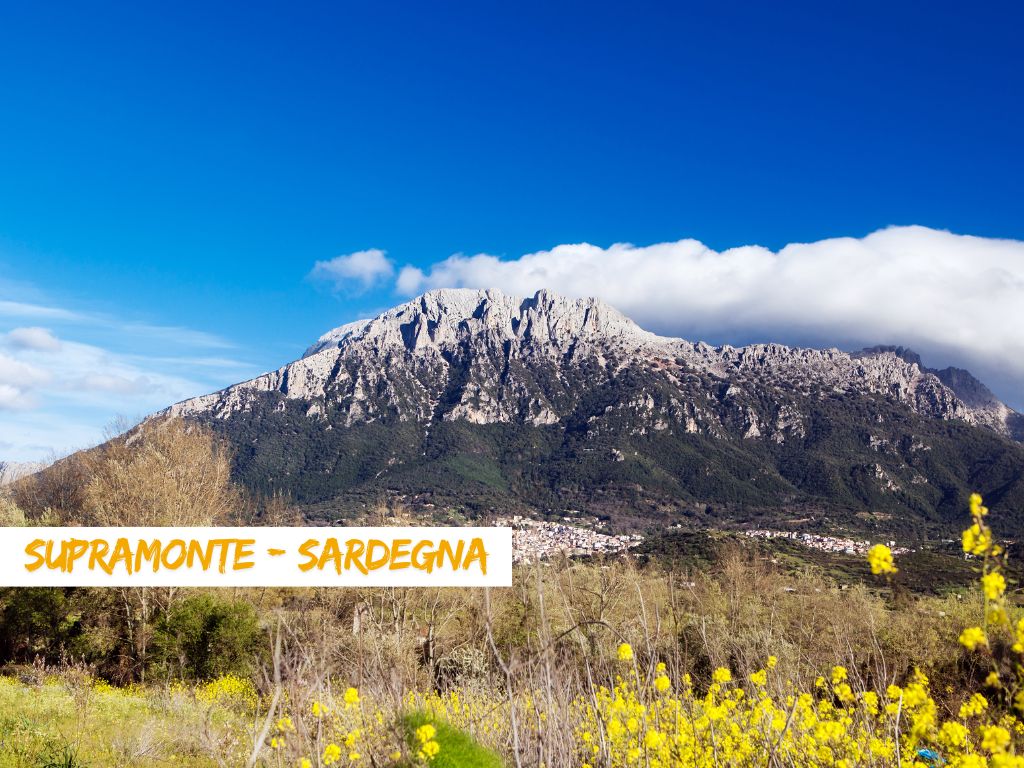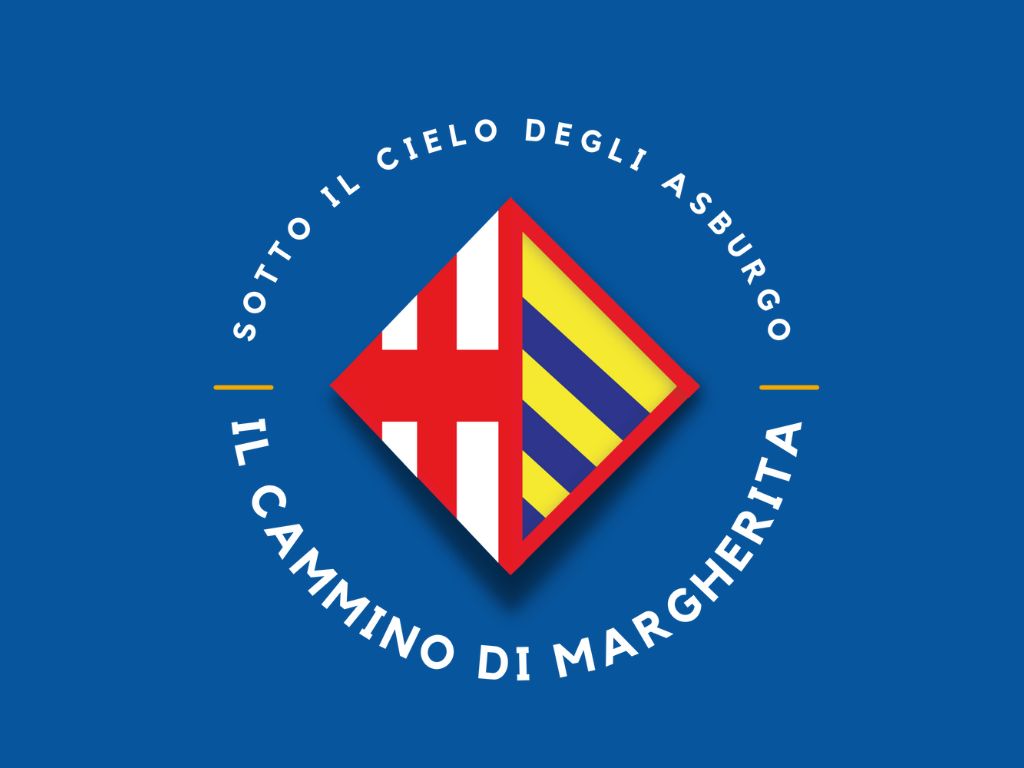From the Magic of the Eucharistic Miracle to the Enchanting Beauty of Its Monuments, Lanciano Awaits You with Its Unveiled Enigmas. Discover the Mysterious Side of This Fascinating Locale and Let Yourself Be Embraced by the Allure of the Unknown.
Lanciano Mysteries: Uncovering History and Legends
Introduction
After an early morning wake-up and thanks to a ride from my friend Sara, I set off alone to the city of Lanciano, an Italian municipality with 35,000 inhabitants in the province of Chieti, in search of the many mysteries hidden within it. Happy with the success of the first article, I reiterate that this column stems from passion and by no means aims to replace or contradict the thoughts of experts in the field, who I hope can interact to provide significant contributions to the topics under consideration. So, let's begin this fascinating journey, amidst blood, legends, and strange apocalypses, starting with a mysterious and powerful figure in esotericism and Christianity: the centurion Longinus.
The Coat of Arms of Lanciano
According to Christian tradition, Quintus Cassius Longinus was the centurion who pierced the side of Christ on the cross, from which blood mixed with water emerged. The name Longinus (possibly a fictitious name derived from the Greek word lònche, lance) only appears in the apocryphal Acts of Pilate, but in the Gospels of Luke and Matthew, he is identified as the soldier who recognized the divinity of Christ. In the Gospel of John, he is recognized as the one who pierced Jesus with a lance to verify that he was truly dead. According to a medieval tradition, the Messiah's blood that flowed from the wound healed Longinus' ailing eye. Hailing from Anxanum (Lanciano), he returned there and was captured and executed by the Roman army because he began Christian preaching. His head was taken by Pontius Pilate, while his body was buried in the city. Later, the Church of San Legonziano (now the Church of San Francesco), guardian of a miracle I'll explain shortly, was built over his remains.
A legend suggests that he returned to Anxanum with a vial containing the blood of Jesus. This detail is of utmost importance, both for a miracle that occurred in Lanciano and for a connection to the legend of the Holy Grail. Interestingly, near the city, there is a town called Guardiagrele, which seems to mean "Guardian of the Grail." In fact, the fortress seems to shield the old Anxanum from the view of Papal Rome. Returning to the connection between Lanciano and Longinus, it can be viewed in two different situations: the name Lanciano appears to be a synthesis of "Lancia" (lance) and "Longino" (Longinus). The Lance of Longinus is a potent esoteric object, on par with the Grail.
Stored in Vienna, it was even an obsession of Adolf Hitler, who, after the infamous Anschluss, took it to Nuremberg. The city's coat of arms also contains significant elements. Foremost is the lance crossing the coat of arms and pointing to the sun. As explained in the previous article, the sun is one of the many symbols of the Redeemer. Additionally, there are three hills depicted below. These could represent the three hills on which Lanciano stands or a stylized depiction of Golgotha with the three crosses of Christ and the two thieves. An intriguing theory suggests that the three mountains, on an occult level, signify revealing, pointing to, and teaching the esoteric path to ultimate liberation.
The First Eucharistic Miracle
In the 8th century AD, in the Church of San Legonziano, a Basilian monk, while celebrating the Eucharist, was troubled by unsettling doubts about the real presence of Christ in the host and wine used for the function. At that precise moment, the host transformed into flesh, and the wine into blood, forming five clots of identical shape and size.
The first Eucharistic miracle can be admired and venerated in the Church of San Francesco (formerly San Legonziano) on Via Roma. Preserved in a monstrance and a silver chalice, the miracle underwent various scientific examinations that attested to its remarkable nature: the flesh is truly human tissue, specifically myocardium, while the blood is type AB, astonishingly the same blood type as the Holy Shroud. A noteworthy detail: the Shroud is present in a small fresco in the Church of San Agostino.
Mr. Nicola Nuzzaci, whom I thank for his kindness and availability, pointed out that electrophoresis was even conducted on ancient blood thousands of years old, an analysis that typically yields no results if the blood was collected more than two days prior. In the flesh, one can recognize signs of small nails used to prevent it from shrinking, which is why it displays an enlarged internal laceration. This miracle, beyond its exceptional Christian significance, can be thus connected to the legend that Longinus carried the Messiah's blood in his vial to Anxanum. While such a miracle might be a coincidence, even an odd one, a second miracle cannot be treated as such, perhaps less known than the first but equally powerful.
The “Frijacrist”
A woman named Ricciarella, wife of Jacopo Stasio, sought out a witch to try to regain her husband's love. Following the witch's instructions, she stole a consecrated host and tried to fry it in a frying pan to make her husband eat it. However, the host transformed into living and bleeding flesh. The woman, panicked, hid the miracle in her stable, where it remained for seven years, until an Augustinian monk, Jacopo Diotallevi, discovered it after the woman confessed and brought it to Offida. In 2003, Offida donated two fragments of the frying pan and the cloth that held the miracle to the city of Lanciano.
It's fascinating to note that during the entire period when the miracle was hidden in the stable, animals genuflected before entering. Now the relics can be venerated in the Church of Santa Croce in Lancianovecchia, a stunning village with many other monuments and works to admire. From that moment, the people of Lanciano were labeled "frijacriste" (Christ fryers). This nickname also appears in some satirical verses by the poet Carlo Madonna:
"These are the graceful deeds of Lanciano: frying Christ and crowning the Mother."
From these smile-inducing lines, however, we cannot forget the resemblance between the two miracles that occurred in the same city. I ask myself again: can it be linked to the supposed vial carried by centurion Longinus containing the Messiah's blood?
(Thanks to Simone Cortese for the sent material and for his availability.)
The Enigmatic Apocalypse
Beneath the Church of San Francesco, due to works carried out in the new millennium, ancient treasures and submerged structures have been brought to light. Alongside an archaeological path, there is also the old chapel where the first Eucharistic miracle actually occurred. Amidst stones from other eras and a beautiful fresco of the crucifixion (a detail: here again, blood flows copiously from the wounds of the Messiah), a series of paintings dating back to around 700 AD are encountered, depicting a strange Apocalypse. It's peculiar because no Redemption or Salvation counterbalances the destruction.
It's true that some frescoes have been lost, but it's also true that those remaining depict ruins, death, and tragedies in a raw and brutal manner.





